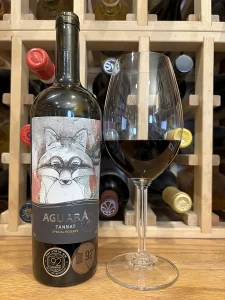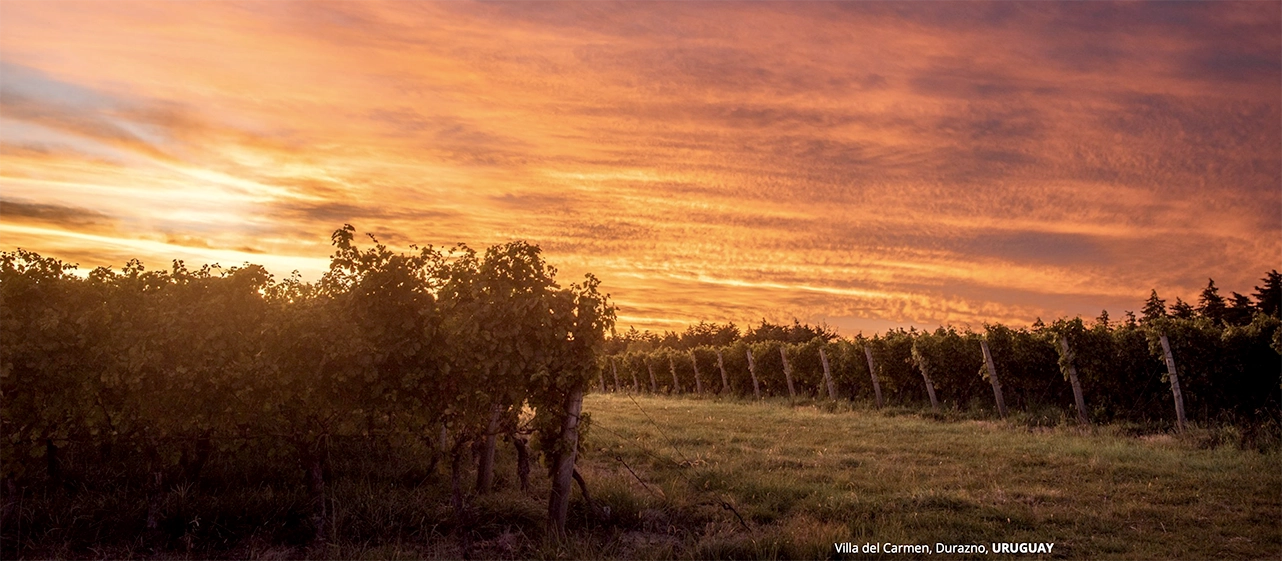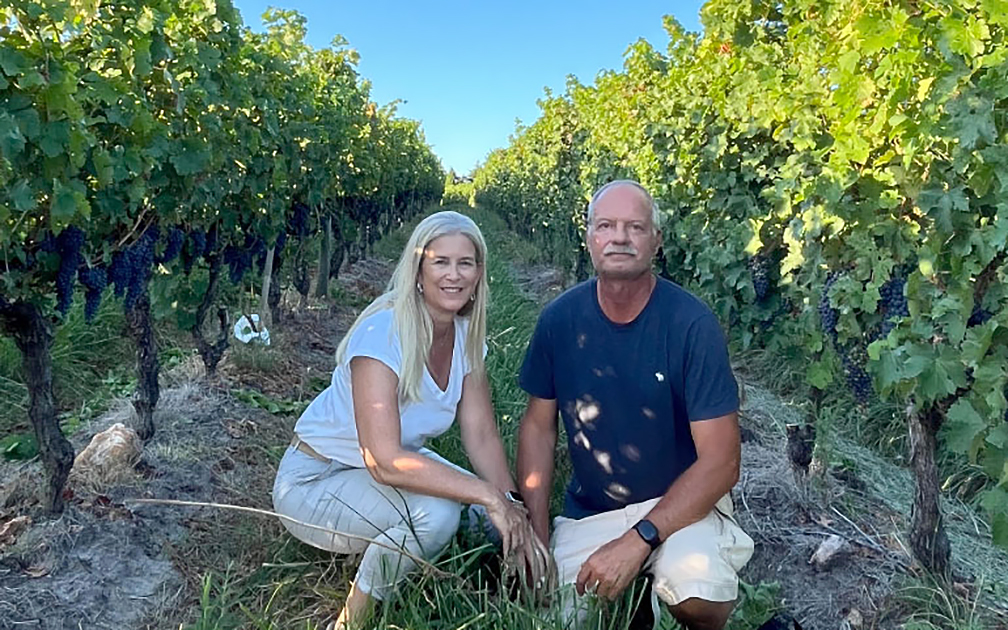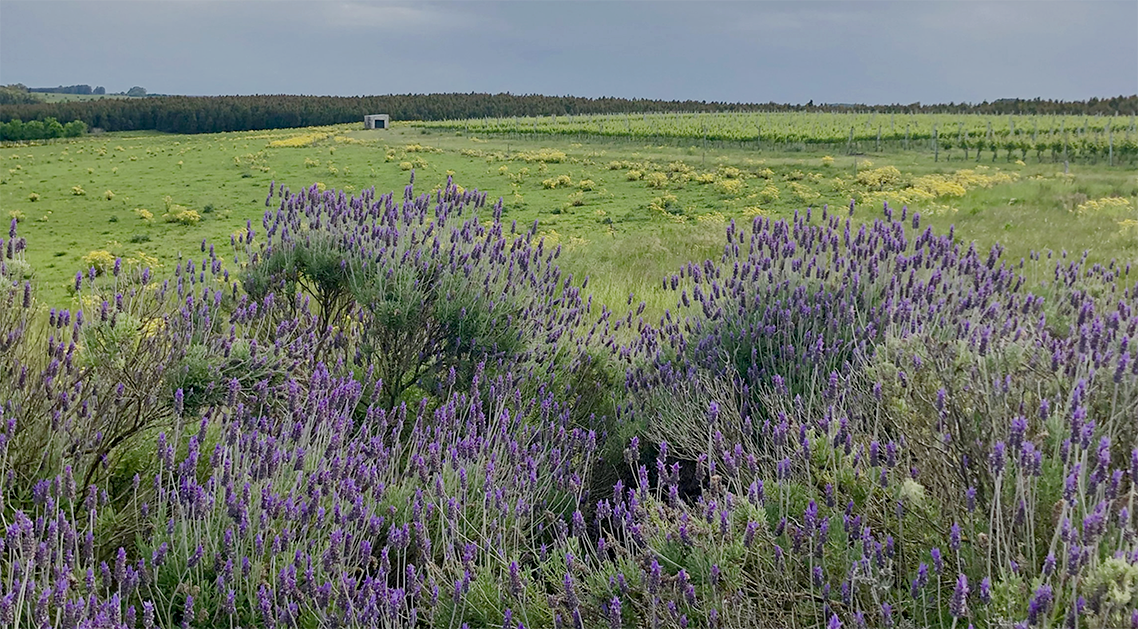Very deep ruby color; blackberry, black plum, blackcurrant, raspberry, leather, earth, tomato, oak, vanilla, cinnamon on the nose and palate.

Dry (2 g/L RS); puckering, grippy tannins, but reserved for a tannat; moderate acidity (3.8 g/L TA). Full body, robust, chewy texture. Hand harvested, 100% tannat. Cold fermentation, followed by 20 days of maceration and malolactic conversion. Aged 18 months in first-use French oak, then aged 12 months in bottle before release. Becomes smoother, more integrated and complex with air, strongly recommend decanting. This also appears to be unfiltered and, after seven years, there is significant amount of sediment—another reason to decant or practice areful pouring. Substantial tannat with more elegance than the anticipated muscularity. 14% ABV
Two friends, Dirk Reinicke (originally from Germany) and Paul Savio (Italian heritage), founded El Capricho Winery 30 years ago in Villa del Carmen, Durazno, Uruguay. They note: “We believe making wine is a form of art that celebrates the beauty of nature and captures the essence of the land. Using sustainable methods, each of our bottles is crafted to convey our commitment to expressing the richness of our terroir.”
Dirk’s children, Federico and Martina, now operate the winery, maintaining it as a family-run operation. Their vineyard is just over 17 acres, organically dry farmed, with low-till technology to minimize soil compaction. They have planted a forest and fruit tree orchard to support biodiversity. The winery consistently receives acclaim from critics for it elegant wines, including this tannat, and tannat is grape noted for its unruly tannic power.

Tannat traces its origins to the Basque region on the border of France and Spain. The name may come from the Béarnese dialect word for “tanned” (a reference to its deep, almost black color) or—and more likely—to its extraordinarily high tannins. The grape was a blender in Europe, then Basque immigrant Pascual Harriague brought tannat to Uruguay in 1870. Like malbec in Argentina, tannat found its natural home in Uruguay and became the South American’s country’s national grape. The grape has one of the highest concentrations of polyphenols and antioxidants—one-third more than cabernet sauvignon. It has particularly high levels of resveratrol, thought to protect the heart, slow brain aging, and fight pathogens and some cancers.

El Capricho Aguará Special Reserve Tannat 2018—Tannat is the signature grape of Uruguay, and this demonstrates it can be more than a massively tannic brute reserved only for robustly grilled red meats. Black fruits galore. A year in French oak rounded the edges and infused a supple element into tannat’s naturally powerful frame. $48-53
Pairing—Grilled and roasted meats are classic with tannat; lamb (Uruguay holds a month-long tannat and lamb festival each June); dry-aged ribeye, barbecue beef and pork; sausages, slow-cooked pork belly, pulled pork, roasted pork. Game meats, venison, duck confit, rabbit. Cheese—Roquefort is classic, gorgonzola; parmigiano-reggiano, aged cheddar, aged gouda, manchego; double or triple cream camembert, triple cream brie; gruyère. Avoid mild, delicate cheese that will be overwhelmed by the wine’s intensity.



